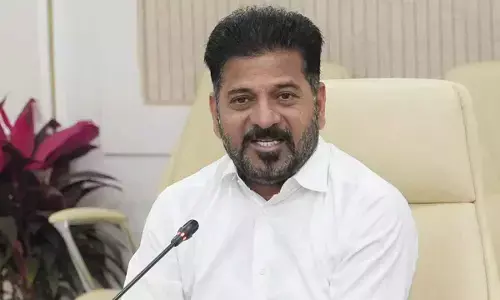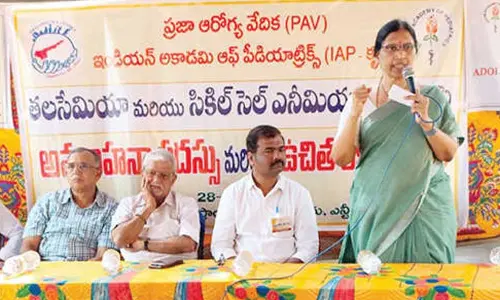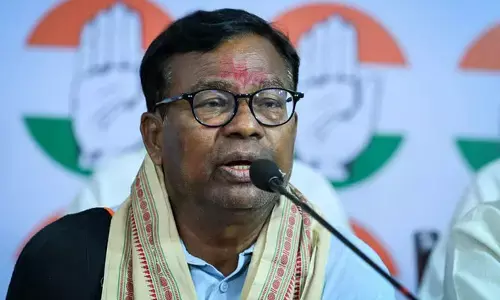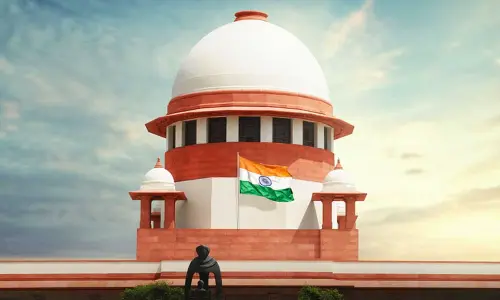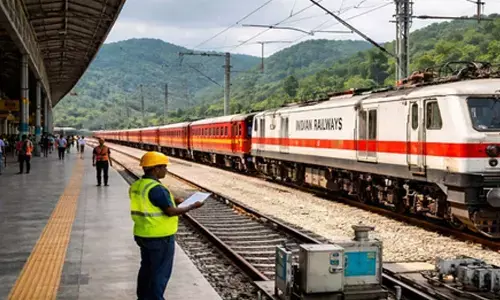Neurosurgical treatment and its benefit
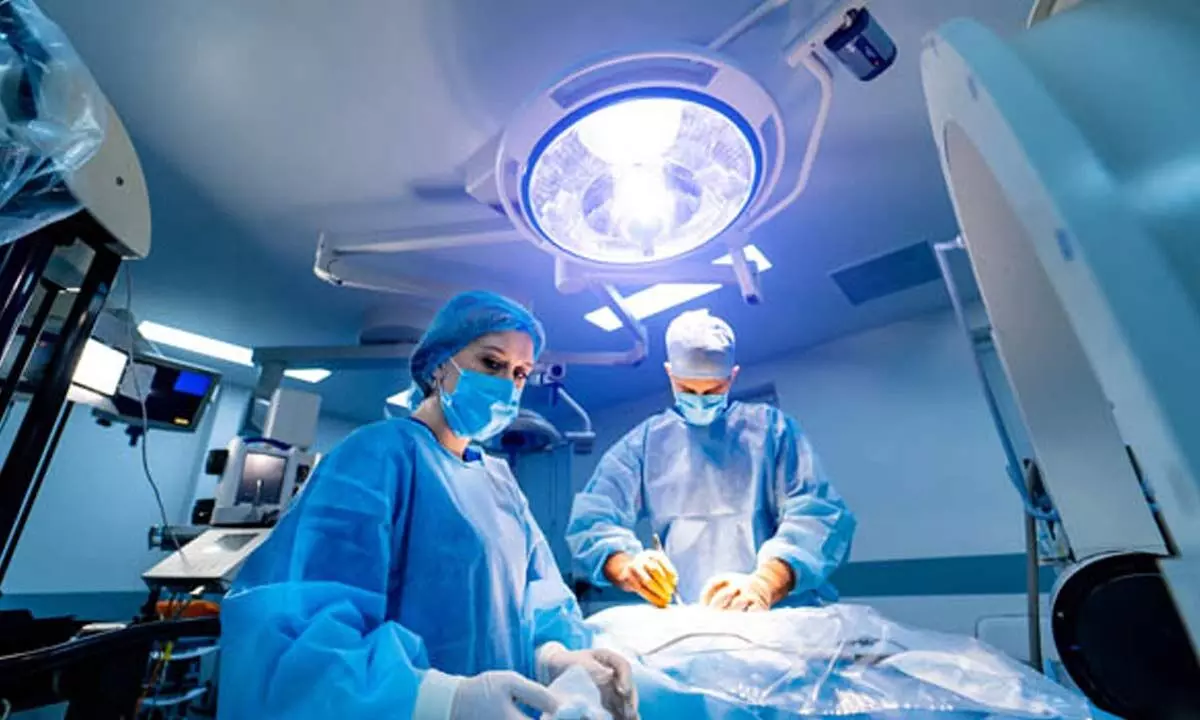
Neurosurgical treatment and its benefit
Prof. Mudumba Vijayasaradhi, M. Ch., DNB. (neurosurgery), Neuro Surgeon from NIMS, Punjagutta talks about neurosurgical treatment
1. The precautions to be taken in head injury?
The patients who suffered a head injury should be immediately taken to their nearest hospital where a CT scan is available and as early as possible. During the transfer of the patient, it is very important to see that the neck bones are immobilised so that an unnoticed spinal injury does not get aggravated during transportation. The patient should not be fed or made to stand up forcibly during the ride till the doctor examines him and declares him free from any life-threatening problem. It is pertinent to note that time is gold in any brain injury. The more time is lost, the chance of recovery becomes less.
2. What is cervical spondylosis, and thus it required always a neurosurgical treatment?
It is an ageing spine. When cervical spondylosis becomes symptomatic, it can initially be treated with simple measures like painkillers, rest and physiotherapy; however, in extremes of cases where it results in spinal cord compression or nerve root compression causing tightness of legs and pains in the legs and arms that would necessitate surgical treatment.
3. What is the precaution to be taken for spinal injuries?
Spinal injuries usually result from road traffic accidents. The patient should not stand up or walk when spine fractures are suspected. He has to be immobilised while transferring the patient to the nearest hospital. Once patients are transported to the hospital, the doctors perform certain investigations like X-rays, CT scans, and MRIs to ascertain whether the spine is stable or unstable. The unstable fractures require fixation with the help of rods and screws, whereas the stable fractures can be managed conservatively. Once the fractures are, fixed patient can be allowed to walk.
4. Are brain tumours dangerous, and what are the early symptoms?
Not all brain tumours are dangerous! Some tumours, like benign tumours, are curable, and the other counterparts are the malignant tumours, incurable. The symptoms of brain tumours are headaches, blurring of the vision and vomiting. Not all brain tumours require surgery. There are tumours called “incidentalomas”, which do not require surgery because there are too small to cause any symptoms.
5. What are the precautions to be taken by the patients of epilepsy?
When the doctor diagnoses epilepsy, he usually starts a medication, either one or more tablets, to control epilepsy. Epilepsy is the bizarre production of electrical current in your brain, manifesting in abnormal and repetitive motor movements. There are a few epileptic diseases which would resolve on their own, but most of them would require medication continuously under the supervision of a qualified Doctor.
6. Are these epilepsy patients benefit from surgery?
As I said, epilepsy is due to abnormal electrical discharge from the brain tissue, which will spread to the entire brain resulting in a catastrophe. When the focus is visible on MRI and CT scan and if it is confirmed by electroencephalogram, then removing the focus with the help of surgery would alleviate the symptoms of epilepsy.
([email protected],Contact no. 9848021413. 040-23489666)








